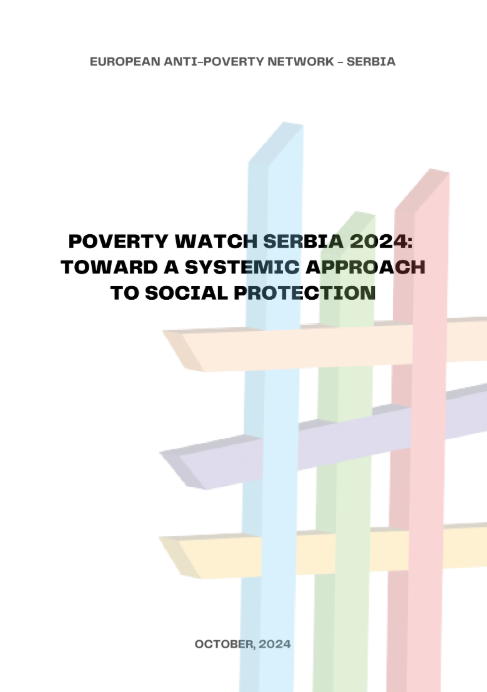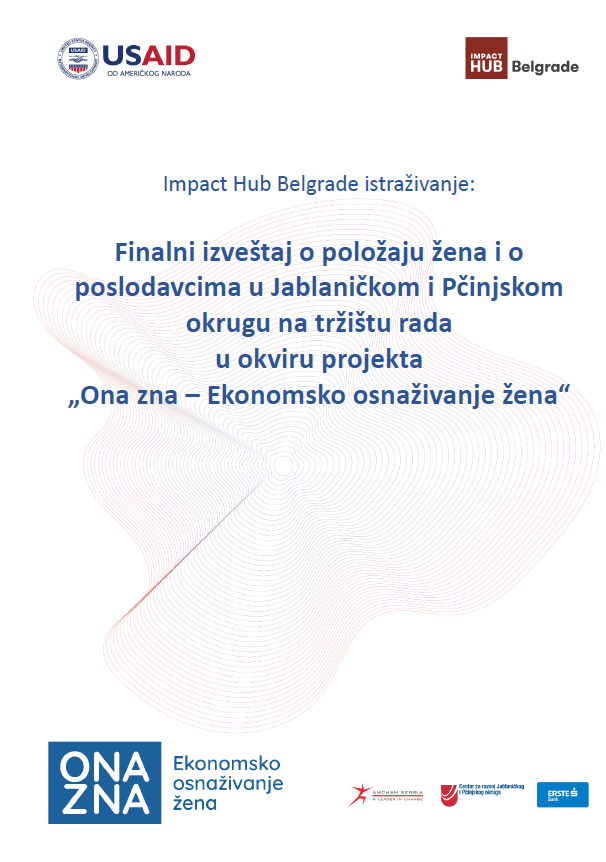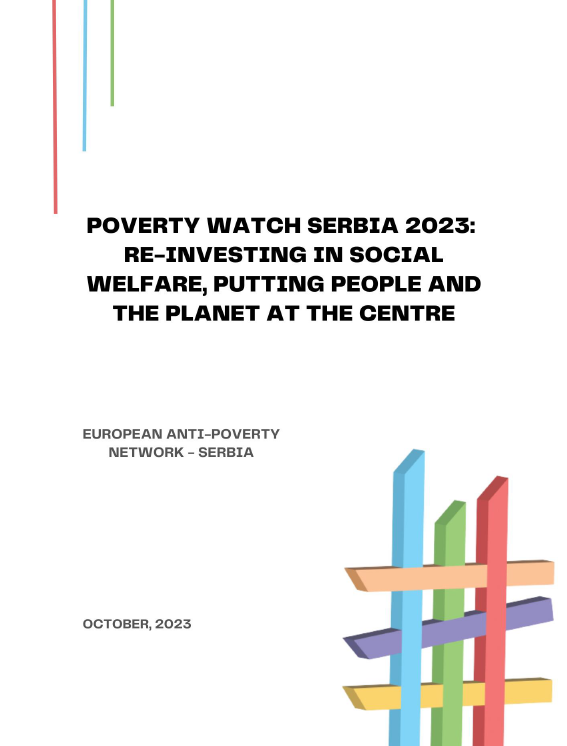The study is based on a large survey on social exclusion and poverty in rural areas of Serbia which was conducted by SeCons in late 2009. The survey was carried out with the aim of recognising the most important issues in rural areas that create risks of poverty and social exclusion, discerning the ways various risks are combined producing (manifold) exclusion and deprivation, as well as identifying social groups that are at the highest risk of poverty and social exclusion. The goal of the survey was to examine current effects of various relevant policies, as well as to present recommendations for improving measures or their implementation in order to boost social inclusion of rural population, and thus supporting rural development as an important component of sustainable development in Serbia.
The research was conducted through a survey on a sample of 1621 households, and the sample was created in keeping with OECD standards for defining rural areas. Pursuant to these standards, the sample did not include those municipalities which meet following three criteria: with a population density over 150 inhabitants per km2, with a share of population living in urban settlements 50% or more and having a big administrative centre (over 20 000 inhabitants).
Unique methodology included the analysis of social exclusion through following dimensions: poverty (financial poverty and material deprivation), access to the labour market (the possibility of organizing market agricultural production in holdings and the possibility of finding employment in non-agricultural sector), access to social services (access to education, health care and social care system) and socio-cultural participation (involvement in social networks, organizations and cultural activities).
The findings and surveys are a strong warning of unfavourable conditions in rural areas in different aspects, as well as necessities of developing and implementing more efficient policies relevant to inclusion of rural population into sustainable rural development in Serbia.













